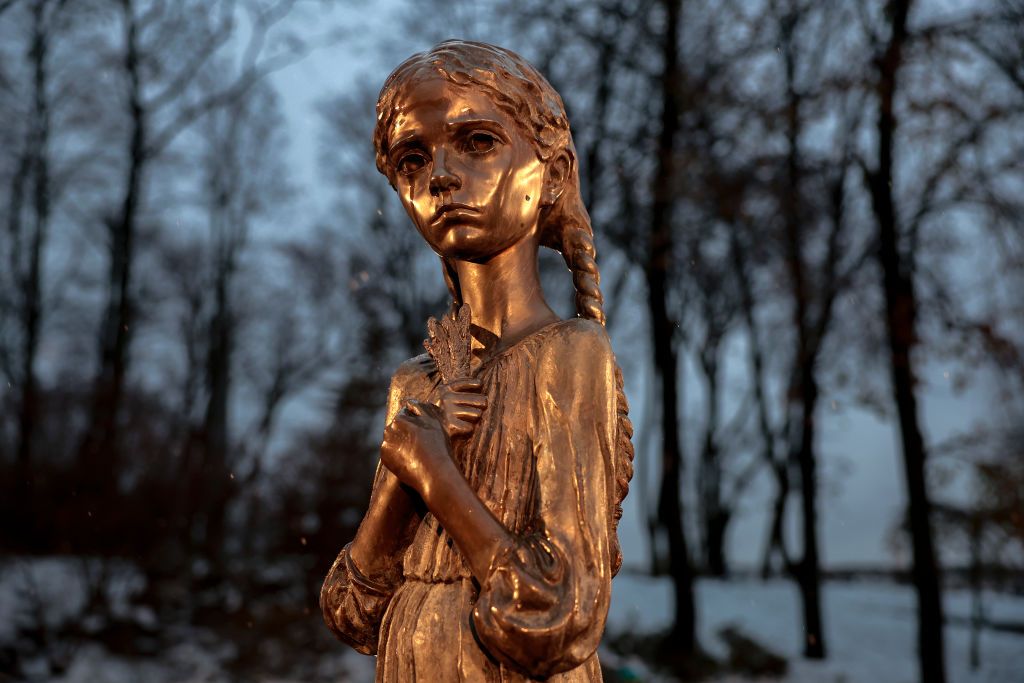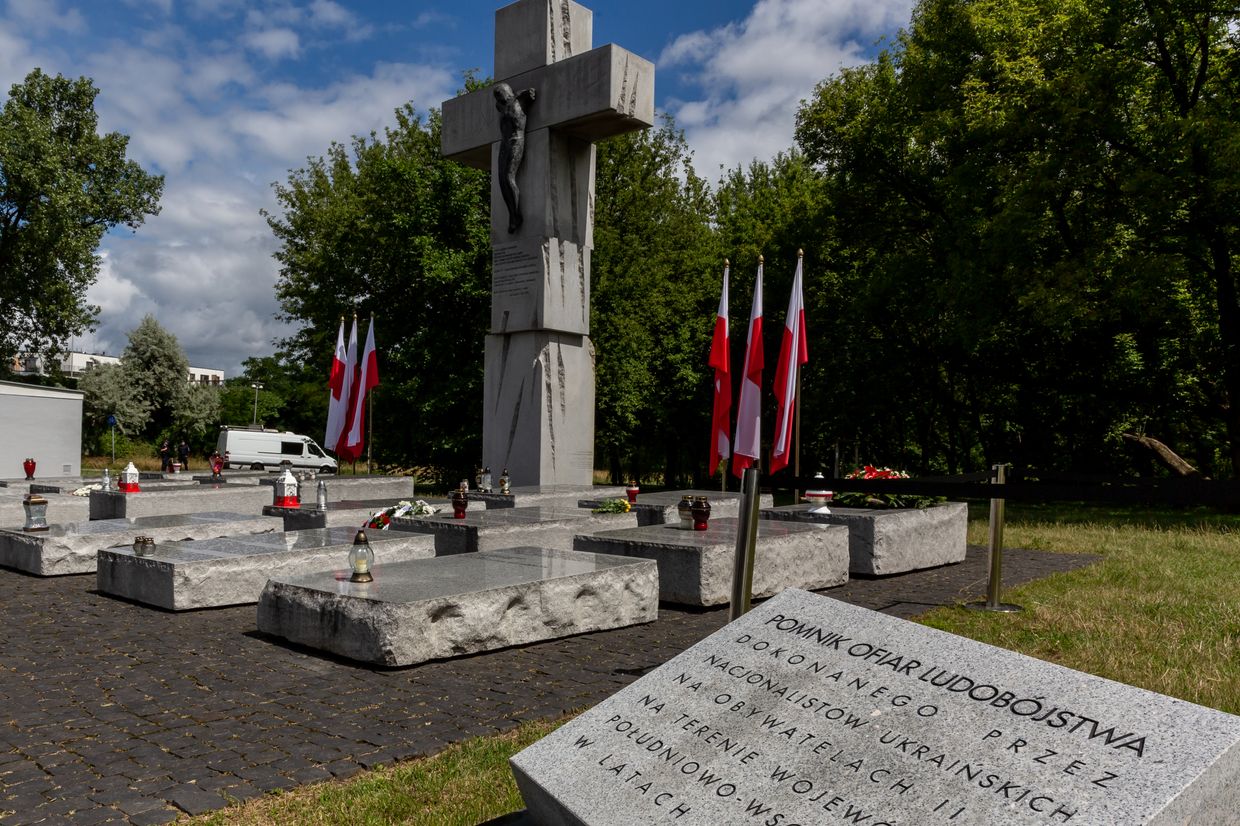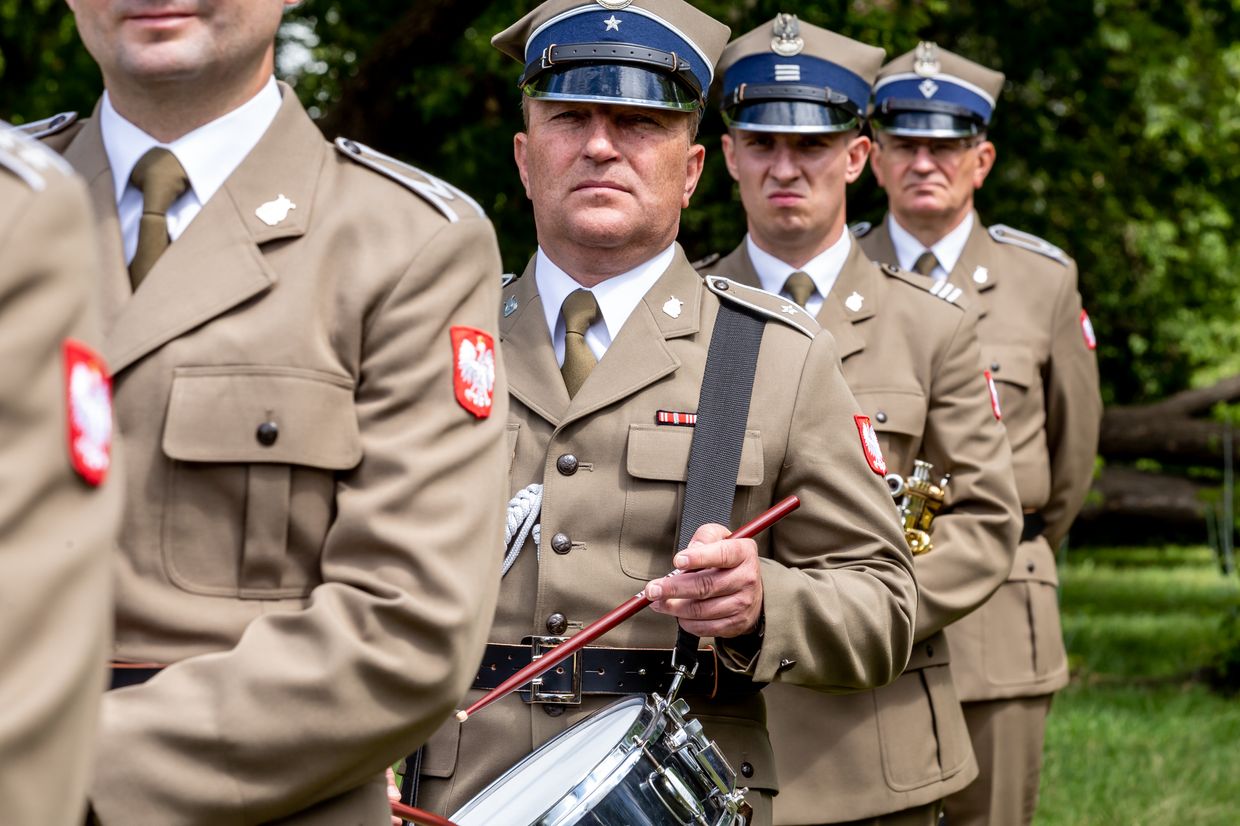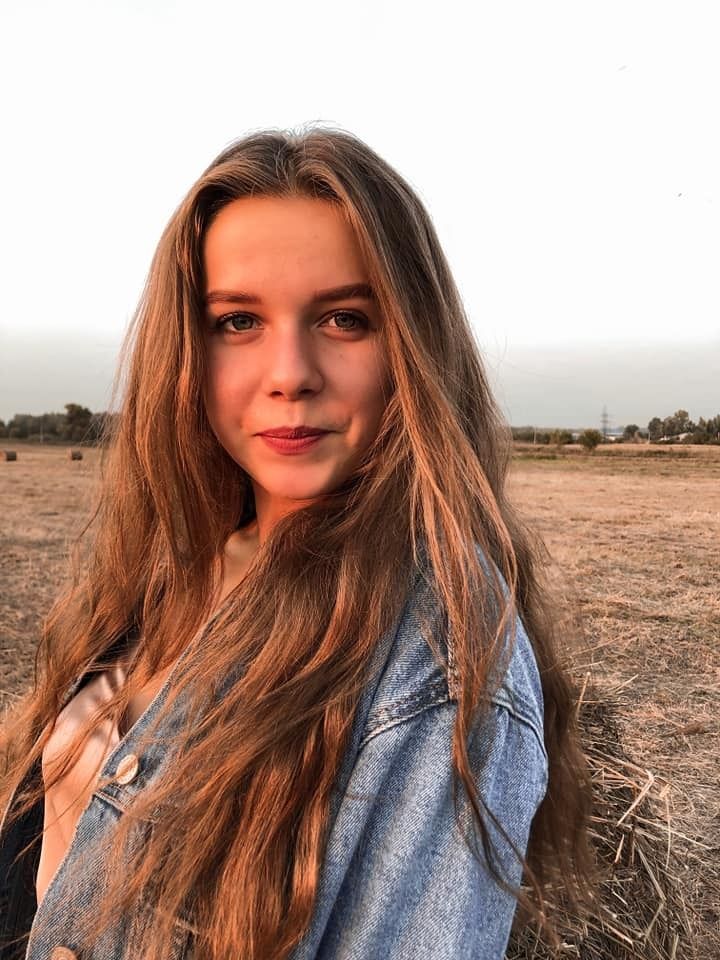Speaking on Polish television in late July, Poland’s Defense Minister Wladyslaw Kosiniak-Kamysz reminded Ukrainians that even his country’s overwhelming support for Ukraine in its fight against Russia has its limits.
Ukraine could never expect Poland’s backing in joining the EU if it didn’t “resolve” the historical issue of the mass killings of Poles in Ukraine during WWII, he said.
Similarly, last fall, Poland’s Undersecretary of State Pawel Jablonski said that Ukraine “shouldn’t even dream of joining the EU before it solved the problem of exhuming the victims’ bodies remains on Ukrainian territory.
But later on Sept. 1, Speaker of the Polish Parliament Szymon Holownia at the Globsec security conference in Prague seemed to walk back these statements, saying that despite the disagreements over the events, the matter would be discussed with Ukraine a member of the EU and in the "safe ecosystem of the European Union."
The Polish officials were referring to the events known as the Volhynia Massacre. During this tragic period in Polish-Ukrainian history, tends of thousands of Poles were murdered by the Ukrainian Insurgent Army (known by its Ukrainian acronym UPA) in the Nazi-occupied region of Volhynia, which was then a part of Poland and is nowadays a region in western Ukraine. Thousands of Ukrainians were killed by Polish military formations in retaliation.
The killing peaked during the summer of 1943, reaching a climax on July 11, 1943, known in Poland as “Bloody Sunday,” when at least 99 localities were attacked.

Ukrainian villagers inspired and organized by UPA partisans slaughtered Polish civilians and burned their settlements to the ground. According to historians, despite the atmosphere of total violence and chaos, there were still Ukrainians willing to risk their lives to save their Polish neighbors. Modern Poland commemorates the victims of the Vollhynian Massacre on July 11.
The number of total Polish victims is estimated to be 100,000 by Poland’s Institute of National Remembrance. The number of Ukrainian civilians killed during these tragic events is estimated to be between 10,000 to 15,000.
Since the beginning of Russia’s full-scale invasion of Ukraine, Poland has been one of Ukraine’s most prominent allies and supporters. But disagreements in the approach to the events still throw a shadow on relations between the states and continue to spark outrage among Poles and Ukrainians.
“There are very few aspects on which Polish and Ukrainian academia agrees when it comes to Vohlynia,” said Ola Hnatiuk, Polish-Ukrainian scholar and professor at the University of Warsaw and National University Kyiv Mohyla Academy.
“There are very few aspects on which Polish and Ukrainian academia agrees when it comes to Vohlynia”
“The dispute sparks even around what to call these gruesome events.”
The common name for the Volhynian Massacre in Polish is Rzez wolynska which translates to “Volhynian Slaughter.” Ukrainians call it the Volhynian Tragedy (Volhynska Trahediia in Ukrainian).
For Poles, the use of the word “tragedy” assumes the absence of an agent in the crime and absolves the UPA of its responsibility for what happened, according to Polish historian Lukasz Adamski.
But after the start of the full-scale invasion, during which Russian forces brutalized and executed Ukrainian civilians in then-occupied Bucha outside of Kyiv, Adamski said he has come to understand the word can be used to describe the killing of a targeted group.
“I changed my attitude towards the word tragedy when I saw the Bucha Massacre being described as a tragedy in Ukrainian media, as I understood that this word has a different connotation in the Ukrainian language and can be used to describe any kind of crime,” said Adamski, who spoke to the Kyiv Independent in fluent Ukrainian.
The debate around genocide
The controversy extends beyond the name of the events in Volhynia to how to classify the killings.
In July 2016, the Polish Parliament voted to recognize the mass killings of Poles in Volhynia as a “genocide of Polish people committed by Ukrainian nationalists in 1943-1945.” Leading Polish historian on the topic, Grzegorz Motyka, writes that the actions of UPA can be defined as “genocidal ethnic cleansing.”
According to Motyka, the word genocidal in this context describes not the number of victims but rather the motive of the UPA — to purge the territory of Volhynia and Galicia of Poles. Some Polish traditionalist historians claim that the massacre should be classified as a genocide carried out with extreme cruelty.
Neither Ukrainian nor Western historiography recognizes the events in Volhynia as genocide. According to Western historians, what happened between Poles and Ukrainians is better described by the term “ethnic cleansing.” Ukrainian historians insist that it was a mutual ethnic cleansing.
“The word genocide in this context is used emotionally, mostly to ascribe hate to the perpetrators. I think to say it was a genocide is too much,” Myroslav Shkandrij, professor of Slavic Studies at the University of Manitoba, told the Kyiv Independent.
“The decision of the Polish Parliament is a step to blurring the unique nature of the term genocide, as the lawyers call it ‘crime above all crimes…’ According to the logic of Polish decision-makers, thousands of war crimes during the Second World War and after could be classified as genocides, Volodymyr Viatrovych, Ukrainian historian and a former head of the Ukrainian Institute of National Remembrance told Radio Liberty in an interview.
“And these thousands will gradually disappear or dissolve, along with such truly egregious events, even for the cruel twentieth century, such as the Holodomor and the Holocaust,” he said.
Polish traditionalist historians such as Jozef and Ewa Turowski and Wladyslaw Siemaszko, when describing the events in Volhynia, claim that Ukrainian nationalists set a clear task of purging the region of Poles. Before that, Ukrainians and Poles coexisted peacefully, they argue.
As such, they maintain that Ukrainian nationalists deliberately powered hatred towards the Polish minority in Volhynia. Some Polish traditionalist historians often justify the retaliatory actions against Ukrainians, although Polish historiography has a plurality of views regarding this matter.
On the other hand, Ukrainian traditionalist historians refuse to view the conflict in Volhynia as a phenomenon that occurred separately from the broader historical context of Polish-Ukrainian relations. Scholars such as Volodymyr Serhiichuk, Volodymyr Viatrovych, and Zalizniak point out that The Second Polish Republic obtained the territories of western Ukraine by occupying the Ukrainian People’s Republic in 1918-1919. Ukrainians, they argue, were oppressed in the Polish state.
“The interwar period was characterized not only by a deliberate assimilation policy but also a colonization policy (of Poles towards Ukrainians). Military sieges are one example of this. Polish authorities were trying to gain a foothold in these territories,” said scholar Hnatiuk.
“They (Poles) wanted to turn Volhynia into Poland. Ukrainians obviously were against it,” Shkandrij said.
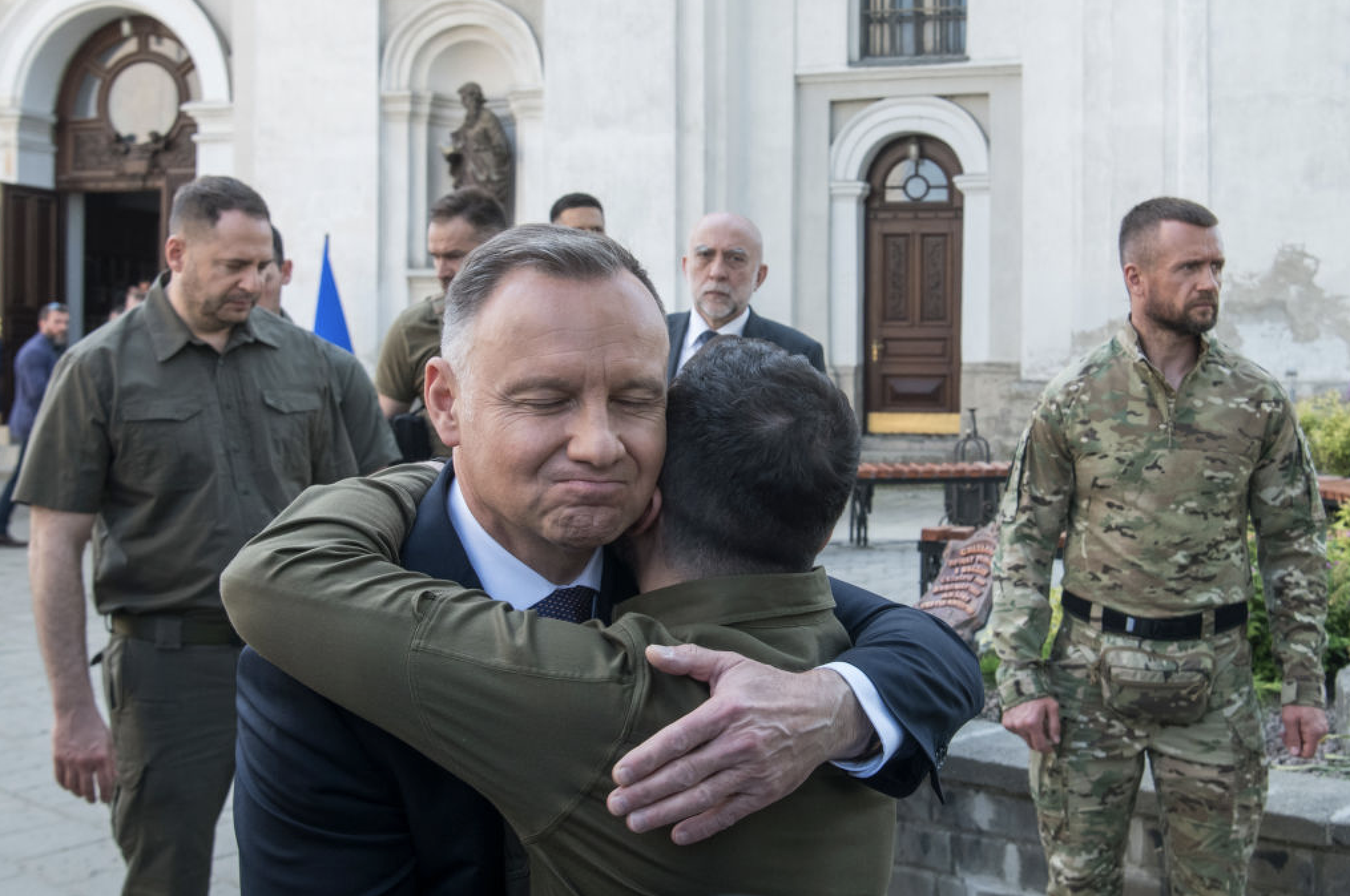
Poland insists that the UPA is solely responsible for the genocide of the Polish people and condemns Ukraine’s historical policy that “glorifies” the UPA. Bandera’s popularity has significantly increased in Ukraine since the start of Russian aggression in 2014. Statues and portrayals of Bandera can be found in cities and villages across Ukraine, while songs about him gained popularity among Ukrainians.
“There's a clearly established and black-and-white link between the massacre and the Ukrainian Insurgent Army for Polish society,” said Kristof Veres, a senior researcher at the Hungarian Migration Research Institute and Andrassy national security fellow at the Center for Immigration Studies, in Washington, DC.
Following the Euromaidan Revolution, Ukraine began implementing a series of policies centered around Ukrainian statehood, culture, and history. One move in 2015 recognized the OUN and UPA as organizations whose members were fighters for Ukraine’s independence. Polish officials and media were extremely critical of the decision, calling UPA fighters bandits and butchers.
Ukrainian historian Volodymyr Viiatrovych has said that the killing of Polish civilians by Ukrainian insurgents is a war crime to the same extent as the killing of Ukrainian civilians by Polish underground fighters. He also argues that these actions do not give grounds to call the UPA or the Polish Home Army (Armia Krajowa) criminal as a whole.
Attempts at reconciliation
Multiple attempts for reconciliation over the massacre have not managed to settle the matter completely for either side.
On July 8, 2016, then-President of Ukraine, Petro Poroshenko, arrived in Warsaw to commemorate the victims of the Volhynian Massacre. He knelt before the monument to Vohlynia victims. Despite the gesture, later that month, the Polish Parliament passed the resolution recognizing the massacre in Volhynia as the genocide of Poles committed by Ukrainian nationalists.
On July 9, 2023, the presidents of Ukraine and Poland, Volodymyr Zelensky and Andrzej Duda, went to Lutsk (the main city of the Volhynia region of Ukraine) together to commemorate victims of the massacre on both sides.
"Together, we honor all the innocent victims of Volyn (Massacre). Memory unites us! Together we are stronger!" Zelensky wrote on Telegram.
The wording “all the innocent victims” triggered criticism from Polish conservative media and the public.
“(Zelensky’s commemoration) was a very important step. However, from the Polish perspective, it was insufficient. Although there were innocent victims on both sides, from the Polish perspective, it is unacceptable to establish symmetry,” Veres told the Kyiv Independent.
After a series of acts of vandalism against Ukrainian memorial sites in Poland, the Ukrainian Institute of National Remembrance put a moratorium on the exhumation of the remains of the victims of the Volhynian massacre for Polish institutions in 2017. Later in 2019, President Zelensky said he was ready to permit Polish institutions to resume the exhumation works on Ukrainian territory.
In 2022, Poland and Ukraine signed a memorandum on cooperation in national remembrance. The document implies collaboration between the countries in the search, exhumation, burial, legalization, reconstruction, and legal protection of places of honor and burial. The full realization of the memorandum will begin three months after the lifting of the martial law in Ukraine, implemented on the first day of the Russian full-scale invasion.
Acceptance of full responsibility for the massacre and lifting of the moratorium on exhumations are the two main demands from Poland to Ukraine. Recognition of mutual responsibility for the crimes from Poland is crucial for Ukraine.
Despite multiple attempts at reconciliation from both sides, Ukraine and Poland still have not managed to come to a solution that will satisfy both parties, and the controversy is likely to be a big sticking point in Ukraine’s EU ambitions.
“We have carried out a sociological survey, and its results showed that the two main goals that Polish society sets for its politicians are support for Ukraine in its fight against Russian aggression and a solution to the issue of the Volhynia Massacre… If, during Ukraine’s EU negotiations, Poland has a right-leaning government, the solving of the Volhynia issue could become a primary demand for Ukraine’s EU accession,” said historian Adamski.
